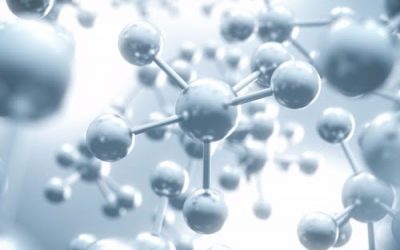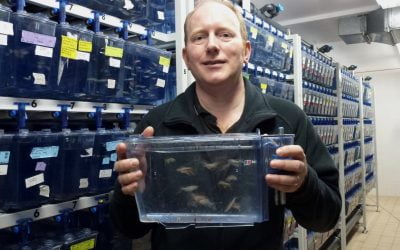It seems like almost weekly there is another new publication on CMT with interesting basic biology. While an earlier “Hot off the press” highlighted the work of Cherry and co-workers at the University of Texas Southwestern Medical Center who showed show that neurons lacking a gene for rab7 result in neuropathy. A new paper suggests “Human Rab7 mutation mimics CMT 2B in the fly”. Janssens and co-workers developed another fly model and showed it demonstrated features of the human disease. This model could be useful for screening compounds as potential therapies and understanding of the mechanism of the disease. Another case of flies being useful of humans.
A second recent study, from the laboratory of Klein and co workers, used 3 mouse models of CMT1X, CMT1B and CMT1A to study Schwann cells and show that they display a heterogeneous pattern of developmentally regulated molecules. These could be useful for diagnostic purposes. They also described an inflammatory reaction as a common disease modulator in the mouse and possibly humans with CMT1.
Again, while flies and Mice are not humans they may lead to useful insights into the underlying biology of CMT. The increasing utilization of different animal models of various CMTs suggests that their role will likely increase in importance. HNF is continually analyzing these developments as part of our TRIAD program.





0 Comments